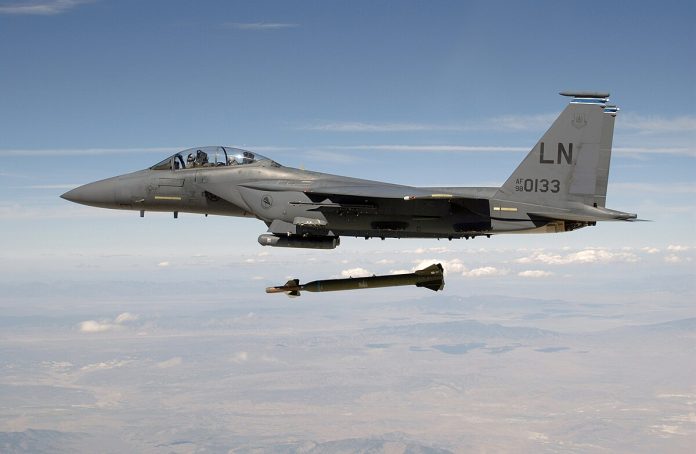
“Every brazen attack against normal life indicates that the pressure on Russia is insufficient,” warned Ukrainian President Volodymyr Zelenskyy in comments after the latest mass strike. His words came against the background of one of the most intense aerial assaults of the war, with NATO fighters scrambled, air defenses put at a state of maximum readiness, and civilian casualties mounting across Ukraine.
It wasn’t an isolated incident, but rather part of a sustained Russian campaign that is growing in scale, technology, and tactics. Events in Poland, Romania, and Ukraine afford defense analysts a concentrated view of the operational challenges NATO faces when Russian drones and missiles test the alliance’s eastern flank.
Here are ten critical points arising from this high-stakes episode, everything from technical details of the air defense systems to the changes in the pattern of Russian strikes and the geopolitical consequences of NATO’s rapid response.

1. NATO Fighters Scrambled on Eastern Flank
Within minutes of radar alerts, Polish, Dutch, Norwegian, Spanish, German, and Romanian aircraft were mobilized. The Operational Command of the Polish Armed Forces confirmed that fighters reached a state of maximum readiness for four hours. Romania sent two German Eurofighters and two F-16s to patrol airspace close to the Danube border and followed a drone that managed to penetrate about five miles inside before disappearing from radars. Such scrambles reflect the integrated posture of NATO air policing along its eastern front.

2. Romanian Airspace Breach and Rules of Engagement
The Romanian Defense Ministry said the tracked UAV repeatedly reappeared along the Moldovan-Romanian border before being lost. Although the pilots had legal clearance to destroy the vehicle under Law 73/2025, due to possible collateral damage, they refrained from firing. This contrasts with Poland’s earlier move to shoot down drones in its airspace, stirring controversy over disparate national rules of engagement within NATO.

3. Scale of Russian Strike
According to Ukraine’s Air Force, Russia overnight launched 476 drones and 48 missiles focused on Lviv, Ternopil, and Kharkiv. Defenders intercepted or suppressed 442 drones and 41 missiles. However, Ukrainian forces recorded the impact of 34 drones and seven missiles across 14 locations. The strike was the largest in November, second only to the 705 munitions launched on Oct. 30.
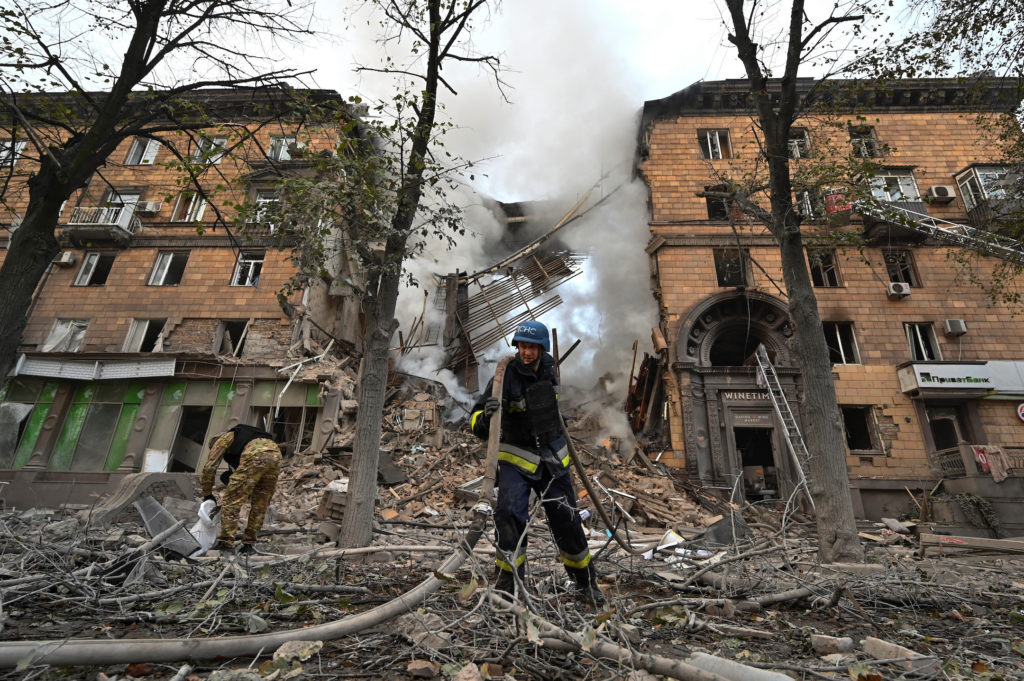
4. Ternopil: The Civilian Casualty
Two nine-story residential buildings were hit, leaving at least 26 people dead, including three children, and nearly 100 injured. According to Ukraine’s Interior Ministry, one building was ablaze, while the other sustained damage from the third to the ninth floor. More than 500 rescuers and 100 units of equipment labored at nine active sites.
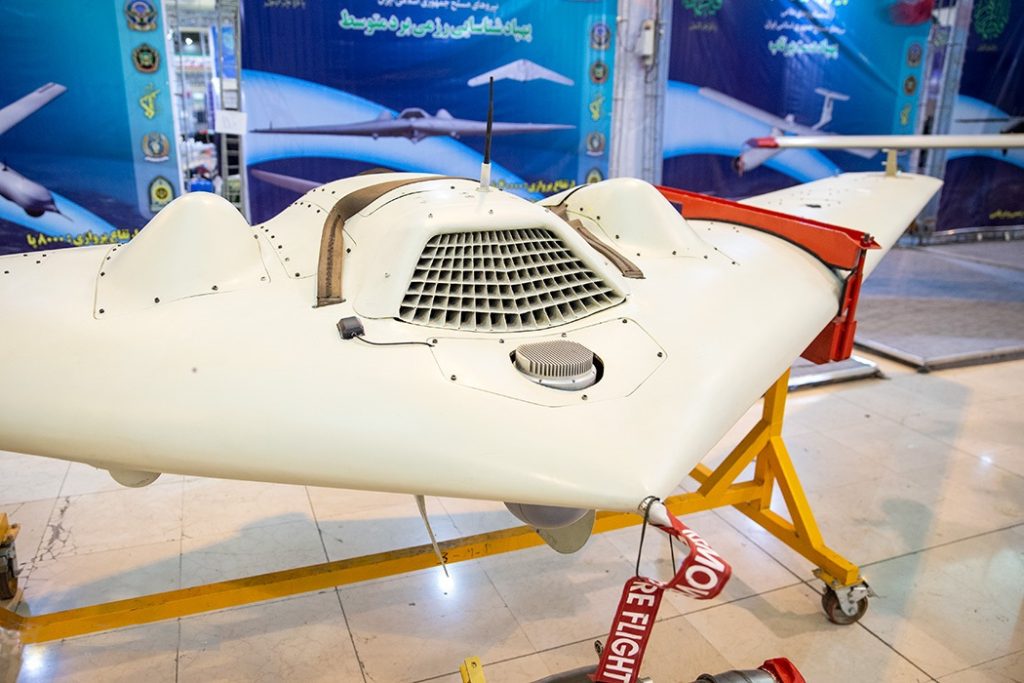
5. The Changing Strike Patterns of Russia
Recent figures indicate that the Russian campaign has transitioned from coordinated mass salvos to fragmented, production-driven launches. In October 2025, 5,300 Shahed UAVs, 74 cruise missiles, and 148 ballistic missiles were fired, setting a wartime high in the use of drones and ballistic systems. The decoupling of launch patterns implies separate supply chains and opportunistic targeting, complicating Ukrainian defense planning.
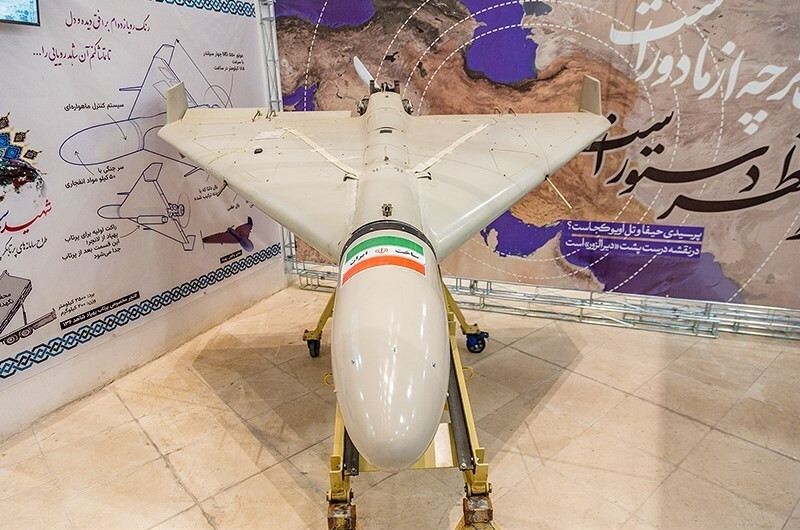
6. Shahed-107: Mid-Range Threat
The Shahed-107, a more recent Iranian-designed loitering munition now manufactured in Russia, fills in the gap between the longer-range Shahed-136s and shorter-range FPVs. With an 8–9 kg warhead and reportedly ranging from several hundred up to 1,500 km, this makes it possible to strike logistics hubs behind the front lines. A piston engine increases range but also acoustic and thermal signatures, offering detection opportunities.
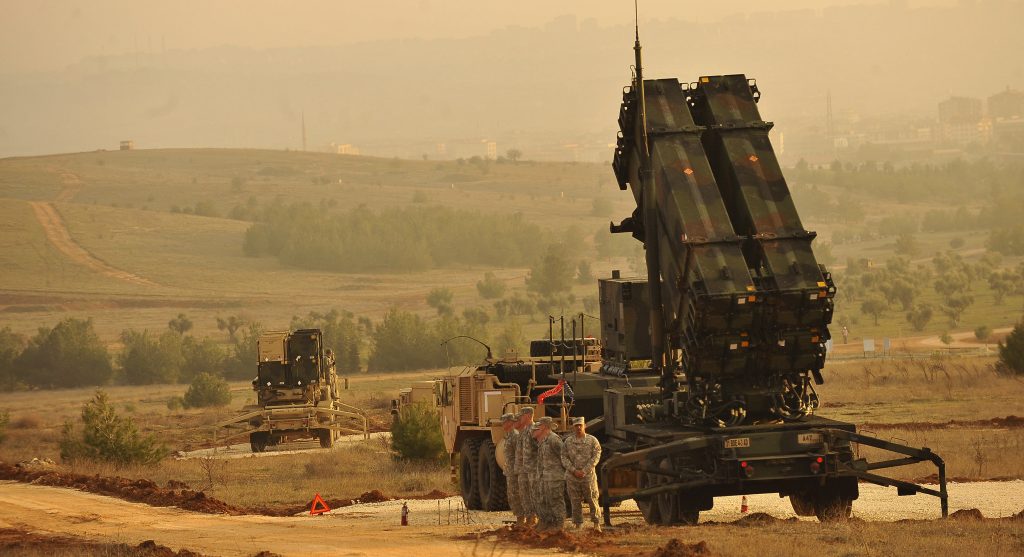
7. Patriot Air Defense Capabilities and Limits
In Poland, it was the Patriot systems that belonged to Germany that represented NATO’s contribution. Conventional modern interceptors, such as the PAC-2 GEM-T and the more advanced PAC-3 MSE, ensure high hit ratios against aircraft and missiles; however, their employment against low-cost drones is not effective. In fact, according to analysts, the rate of interception against maneuvering missiles such as Iskander has fallen to 86%, while Patriot’s success rate against hypersonics in Ukraine fell to 6%.

8. LTAMDS: Closing the Radar Gap
The LTAMDS replaces the legacy AN/MPQ-65 radar on Patriot with 360-degree coverage to counter “wolf pack” tactics. Boasting double the power and extended range, LTAMDS eliminates the 120-degree blind spot so critical in multi-vector drone and missile swarms.

9. Cost-Imposition and Drone Saturation
The Shahed drones of Russia range in cost from $20,000 to $50,000, while interceptors in the West are much pricier. To saturate defenses and exhaust expensive munitions, Moscow tolerates high loss rates. On its part, Ukraine deploys electronic warfare, acoustic sensors, and mobile anti-aircraft teams primarily to degrade accuracy, since the main goal is not necessarily to intercept every drone.
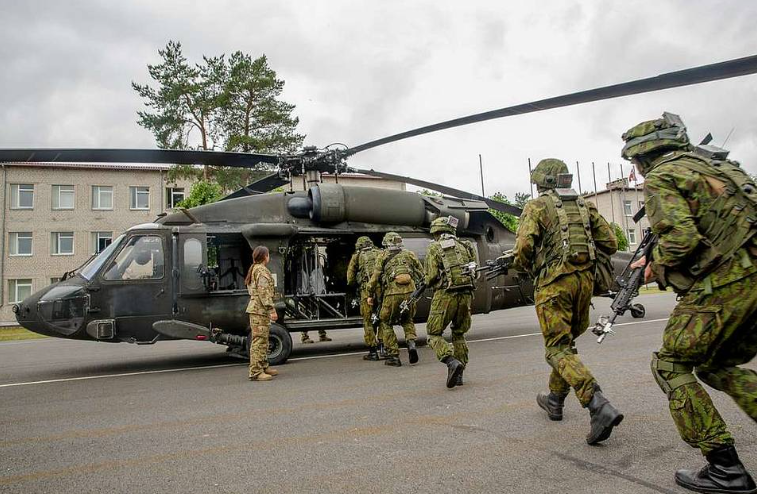
10. Strategic and Diplomatic Implications
The UN Security Council is set to address the rising civilian casualties and attacks on energy infrastructures. Positions remain very divergent: European members call for a ceasefire before any negotiation, while Russia wants a comprehensive deal first. A team of U.S. officials visited Kyiv in an attempt at reviving negotiations, but battlefield realities such as NATO’s rapid scrambles continue to shape the diplomatic calculus. The series of events overnight on NATO’s eastern flank reveals both the operational readiness and the strategic dilemmas facing the alliance.
However, while rapid fighter deployments supported by advanced air defense assets are able to blunt the immediate threats, evolving strike patterns, cost-imposition tactics, and the integration of new drone systems demand continuous adaptation. The clear lesson for military planners and geopolitical strategists alike is that deterrence now depends on agility, layered defenses, and political will to sustain those defenses under relentless pressure.
